Cement is one of the most commonly used building materials worldwide, and knowing how to work with it effectively is essential. If you plan on using cement in your upcoming project, it’s crucial to understand how long does it take for cement to dry.
The drying process of cement plays a crucial role in the strength and durability of the structure. The time taken for cement to dry depends on several factors we will provide you with a quick guide on how long it takes for cement to dry.
We will also discuss the factors affecting its drying time, tips for speeding up the process, and how to properly care for newly poured cement. Additionally, we will share expert advice on ensuring optimal drying time for your specific project.

Signs That Cement Is Fully Dry And Ready For Use

After pouring cement, it is important to allow sufficient time to dry and cure before using it. While the exact drying time can vary depending on factors such as weather conditions and the type of cement used, Before proceeding with any construction or activity on or around the dried cement, always ensure that it meets these signs of being fully dry to avoid any damage or compromise to its integrity. there are several signs that indicate when cement is fully dry and ready for use:
- Color Change: Wet cement appears dark, but as it dries, it gradually lightens in shade. The cement is dry when the color has become consistent throughout the entire surface.
- Hardness: Dried cement should feel hard and solid. It likely needs more time to dry if it still feels soft or crumbly.
- Absence Of Moisture: Cement should be completely free from moisture or dampness. Check the surface for any signs of water or wetness, indicating that it is not yet fully dry.
- Time Elapsed: Depending on the type of cement used, it typically takes 24 hours to several days for it to fully dry and cure. Check the manufacturer’s instructions for specific drying times.
An Estimate Of How Long Does It Take For Cement To Dry
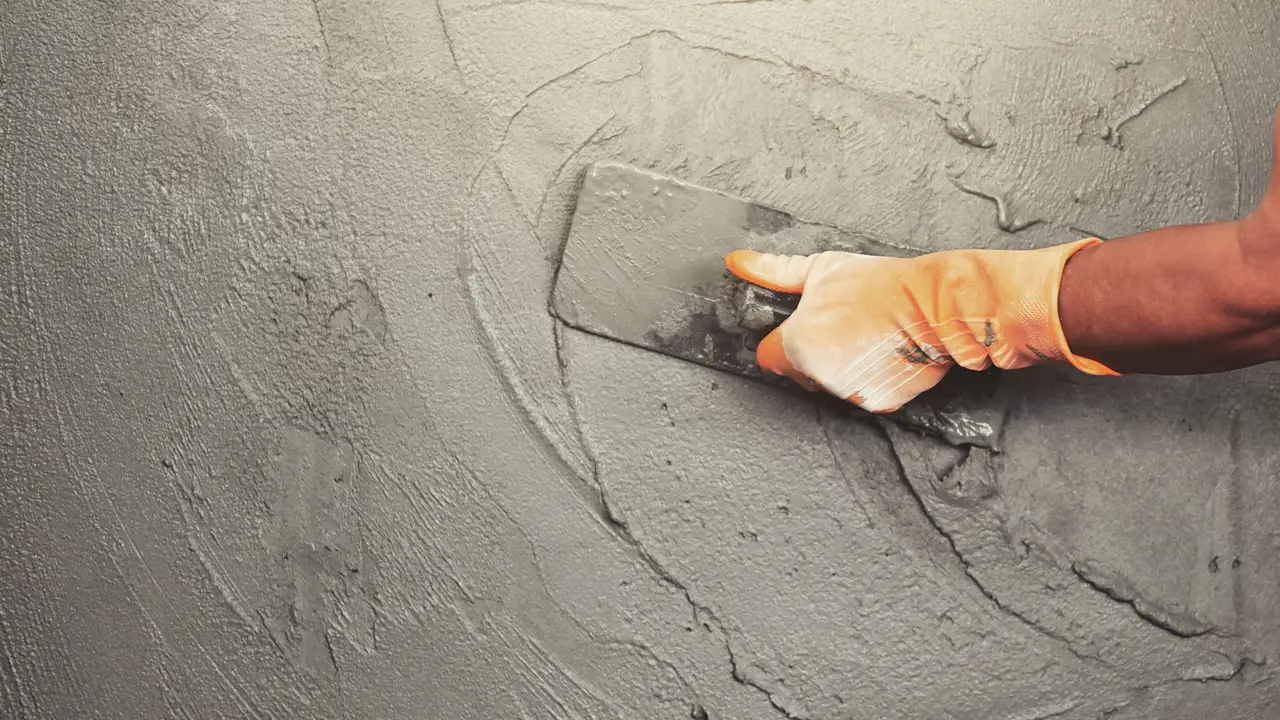
Here to know the answer how long does it take for cement to dry? The drying time of cement can vary depending on several factors, including the type of cement used, the ambient temperature and humidity, and the thickness of the cement layer. In general, cement can start to dry within a few hours, but it usually takes about 24-48 hours for it to reach its full strength.
However, it is important to note that even though the surface may appear dry, it can still take several weeks for the cement to cure and reach its maximum durability fully. Following the manufacturer’s instructions is recommended to allow ample time for the cement to dry before subjecting it to heavy loads or foot traffic.
Factors That Affect The Drying Time Of Cement
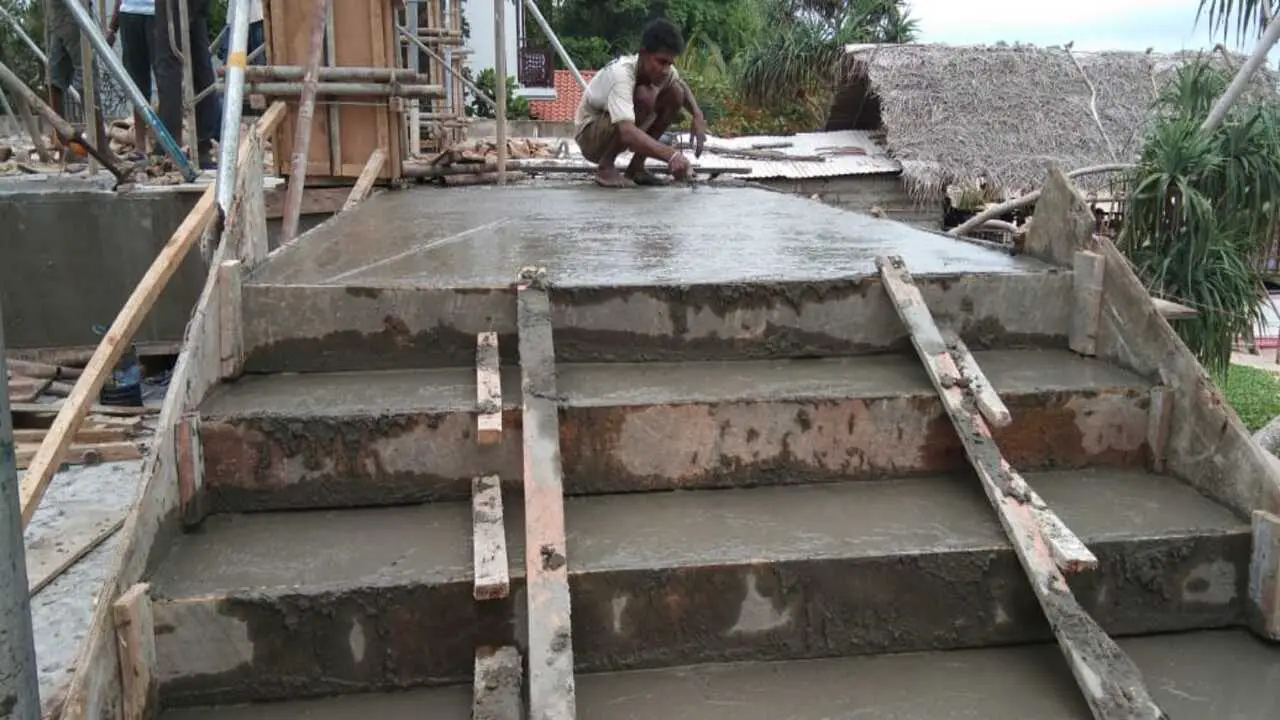
Cement is a key component in various construction projects, such as concrete sidewalks, roads, bridges, and buildings. One of the most important factors to consider during the construction process is the drying time of the cement. The drying time of cement can vary depending on several factors.
Here are some of the key factors that can affect how long it takes for cement to dry:
- Ambient Temperature: Higher temperatures can accelerate the drying process, while lower temperatures can slow it down.
- Humidity Levels: Higher humidity levels can prolong the drying time of cement, as moisture in the air can hinder evaporation.
- Cement Composition: Different types of cement have different drying times. For example, rapid-setting cement dries much faster than regular cement.
- Thickness Of The Cement Layer: Thicker layers of cement will take longer to dry than thinner layers.
- Additives And Admixtures: Depending on their specific properties, certain additives or admixtures can speed up or slow down cement drying time.
- Proper Curing: Curing the cement by keeping it moist and protected from extreme conditions can help ensure a thorough and timely drying process.
It’s important to note that while surface drying may occur relatively quickly, cement typically takes several days or weeks to cure and reach its maximum strength fully.
The Curing Process And Its Impact On Drying Time
Cement drying time can vary depending on several factors, the most important being the curing process. While cement may appear dry to the touch within a few hours, it is important to note that it continues to undergo a chemical reaction known as hydration during the curing process. This reaction allows the cement to harden and gain strength over time.
Generally, it takes about 24 to 48 hours for cement to dry enough for light foot traffic, but it can take up to a week or more to fully cure and reach its maximum strength. Factors such as temperature, humidity, and the thickness of the cement layer can also affect drying time.
Following proper curing guidelines and allowing sufficient time for the cement to fully dry and cure before subjecting it to heavy loads or other stresses is important.
Average Drying Times For Different Types Of Cement

Different types of cement have varying drying times. Ordinary Portland cement typically takes around 24 to 48 hours to dry. Rapid-setting cement, on the other hand, can dry within just a few hours. Self-leveling cement usually requires about 24 hours of drying time. High-strength cement, known for its durability, may need an additional drying time of 48 to 72 hours.
Decorative cement finishes, often used for aesthetically pleasing flooring or patios, tend to have longer drying times, sometimes up to a week. It’s important to consider the type of cement being used and plan accordingly for the appropriate drying time. This ensures that the concrete cures properly and reaches its full strength.
Tips For Speeding Up The Drying Process
Cement is a widely used construction material due to its strength, durability, and low cost. One of the most important aspects of working with cement is allowing it enough time to dry and cure properly. To speed up the drying process of cement here are some tips for speeding up the drying process:
- Use Fast-Setting Cement: Opt for a fast-setting cement mix specifically designed to cure more quickly than traditional cement.
- Add Accelerators: Add accelerators to the cement mix, such as calcium chloride or sodium silicate. These chemicals can help speed up the chemical reaction that causes the cement to harden.
- Increase Airflow: Improve air circulation around the drying concrete by using fans or opening windows and doors. This can help evaporate moisture from the surface and promote faster drying.
- Apply Heat: If possible, use heat sources like heaters or blow torches to warm the area where the cement is drying gently. Be cautious not to overheat, as this can cause cracking.
- Avoid Excessive Water: Avoid adding too much water when mixing the cement, as excess moisture can prolong drying time. Follow the instructions on the product packaging for proper water-to-cement ratio.
- Keep It Covered: While it may seem counterintuitive, covering the curing cement with plastic sheeting or a tarp can help retain moisture and create a more controlled environment for faster drying.
Remember, while these tips can help speed up the drying process, it’s important still to allow sufficient time for proper curing and strength development.
How To Properly Care For Newly Poured Cement
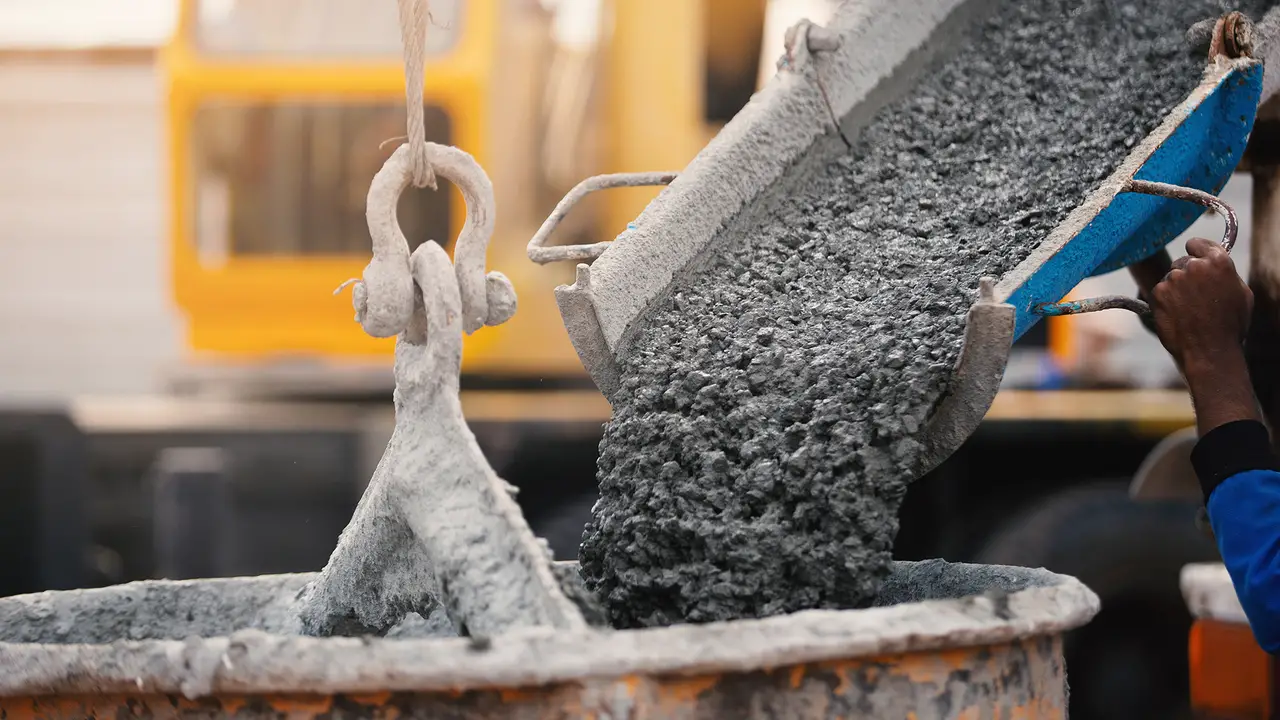
Properly caring for newly poured cement is crucial to ensure its durability and longevity. By following these care tips, you can ensure that your newly poured cement sets properly and maintains its strength for years to come.
Here are some steps to follow:
- Keep The Surface Moist: After pouring the cement, it is important to keep the surface moist for at least seven days. This can be done by lightly spraying water on the surface or covering it with a damp cloth or plastic sheeting.
- Avoid Heavy Traffic: While the cement is curing, it is best to avoid any heavy traffic or placing heavy objects on it. This can prevent cracks or damage to the freshly poured cement.
- Protect From Extreme Temperatures: Extreme temperatures can have a negative impact on the curing process of cement. It is important to protect the newly poured cement from direct sunlight and freezing temperatures.
- Don’t Tush: Patience is key when caring for newly poured cement. It takes time for the cement to fully cure and reach its maximum strength. Rushing the process can result in weakened concrete.
Common Mistakes That Can Slow Down The Drying Time
Cement is a crucial component in the construction industry, used for its strength and durability in various applications. When it comes to drying time, several common mistakes can slow down the process of cement drying. Avoiding these common mistakes can help ensure that your cement dries in a timely manner, allowing you to move forward with your project efficiently.
These mistakes include:
- Adding Too Much Water: Excessive water can increase the drying time as it dilutes the cement mixture.
- Applying Thick Layers: Applying thick layers of cement can extend the drying time as it takes longer for moisture to evaporate from thicker sections.
- Insufficient Curing Time: Not allowing the cement to cure and dry properly can result in a longer drying period.
- Poor Ventilation: Inadequate airflow and ventilation around the cement can hinder the evaporation of moisture, prolonging the drying time.
- Low Temperatures And High Humidity: Cold temperatures and high humidity levels can slow the drying process and hinder moisture evaporation.
How To Protect The Surface Of Dried Cement From Damage
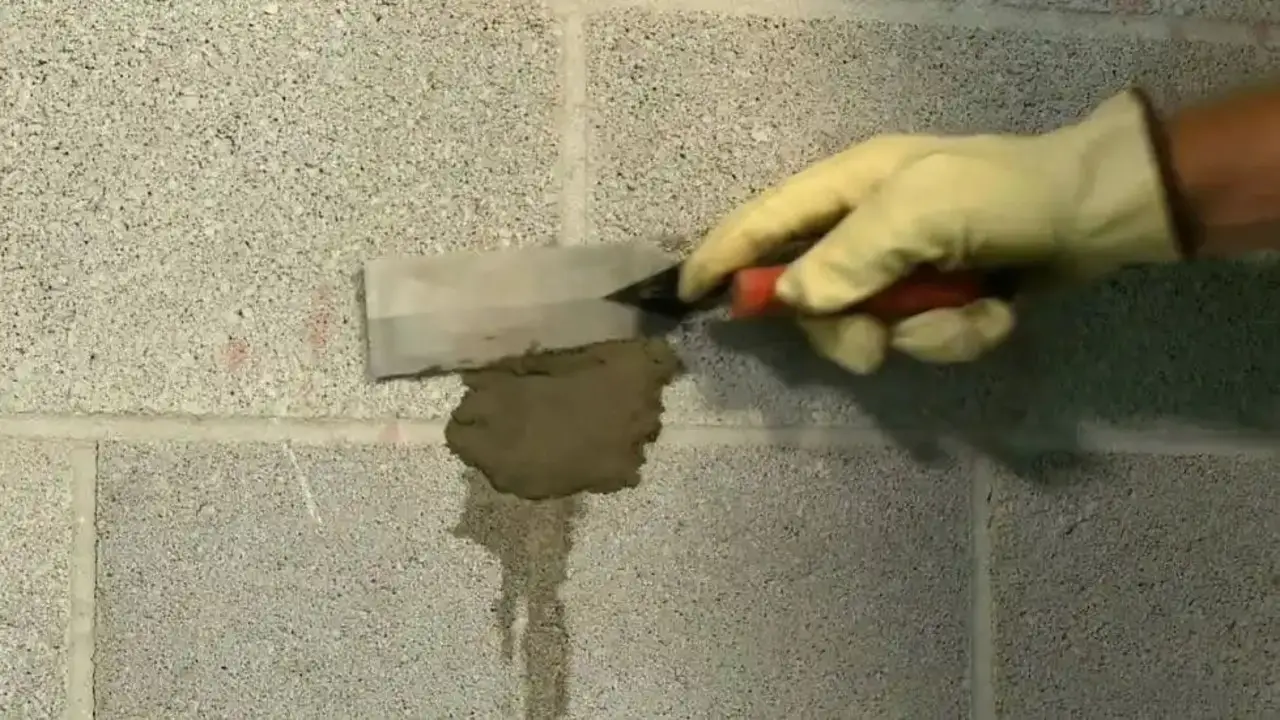
To ensure the longevity and durability of your dried cement surface, you can take several important measures. First, apply a protective coating or sealer to prevent moisture penetration, which can lead to cracks and damage over time. Additionally, avoid dragging heavy objects or sharp tools across the surface, which can cause scratches and abrasions.
Regularly cleaning the surface is also crucial to prevent dirt and debris buildup, which can degrade the integrity of the cement. When moving furniture, exercise caution to avoid scratching the surface. Finally, it’s important to periodically inspect the cement for any signs of cracks or damage, addressing them promptly to prevent further deterioration.
Expert Advice On Ensuring Optimal Drying Time For Your Specific Project
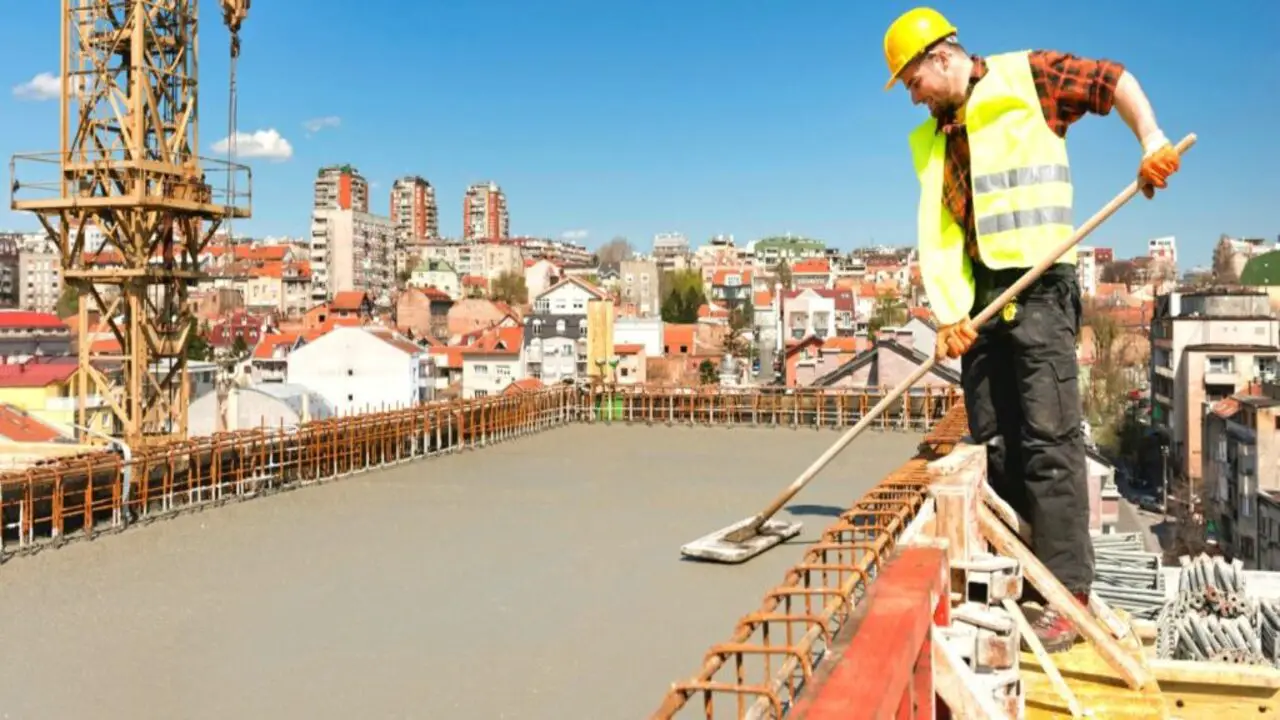
For expert advice on ensuring optimal drying time for your specific project, consulting with a professional concrete contractor who can provide project-specific recommendations is important. They can assess various factors, such as the ambient temperature and humidity levels in your region, as these can greatly affect the drying process of cement.
Additionally, discussing the type of cement and suitable curing methods for your project can help achieve the desired results. Following industry best practices and guidelines for optimal drying time is crucial. If you have any concerns or questions regarding the drying process, seeking guidance from experts in the field can help address them effectively.
Conclusion
Cement drying time can vary depending on several factors, such as temperature, humidity, and the type of cement used. On average, it takes about 24 to 48 hours for cement to dry to the touch, but it may take up to 28 days to fully cure and reach its maximum strength. It is important to follow proper care and maintenance practices during the drying process to ensure the longevity and durability of your cement project.
If you have any specific concerns or questions about cement drying time for your project, it is always best to consult with an expert in the field. We have provided bulk information on how long does it take for cement to dry and hope our information was helpful from your perspective.
Frequently Asked Questions
1.How Long Does Cement Take To Dry?
Ans: Cement drying time varies depending on temperature, humidity, and application thickness. A thin layer may dry in 24 hours, while thicker layers take 48-72 hours. Complete drying is crucial before applying weight or stress.
2.What Factors Affect How Long Concrete Takes To Dry?
Ans: Factors such as temperature, humidity levels, type of cement, water-cement ratio, thickness of the concrete layer, and presence of additives can all impact the drying time of concrete. Additionally, proper curing techniques can help speed up the drying process.
3.Is It OK If It Rains After Pouring Cement?
Ans: Rain can hurt the drying process of cement. If it rains within the first 24 hours after pouring cement, it can cause damage and weaken the structure. Cover the area with a tarp or protective covering to prevent rain from damaging the drying cement. It’s best to wait until there is no chance of rain before pouring cement.
4.How Long Should Concrete Cure Before Putting Weight On It?
Ans: Concrete should cure for at least 28 days before putting any weight on it. Factors like temperature, humidity, and the type of cement used can affect the curing time. It is important to keep the concrete moist during this period to prevent cracking. Always follow the manufacturer’s instructions for proper curing and placing weight on the concrete.
5.How Can You Tell If Cement Is Fully Dried Or Cured?
Ans: You can perform a simple test to determine if cement is fully dried or cured. Tap the surface with a hard object – if it sounds hollow, it may not be fully cured. Remember that curing time varies based on factors like humidity and temperature. Wait at least 28 days before subjecting it to heavy loads.

I am passionate about tools and electric work. I love finding new tools and experimenting with them.

